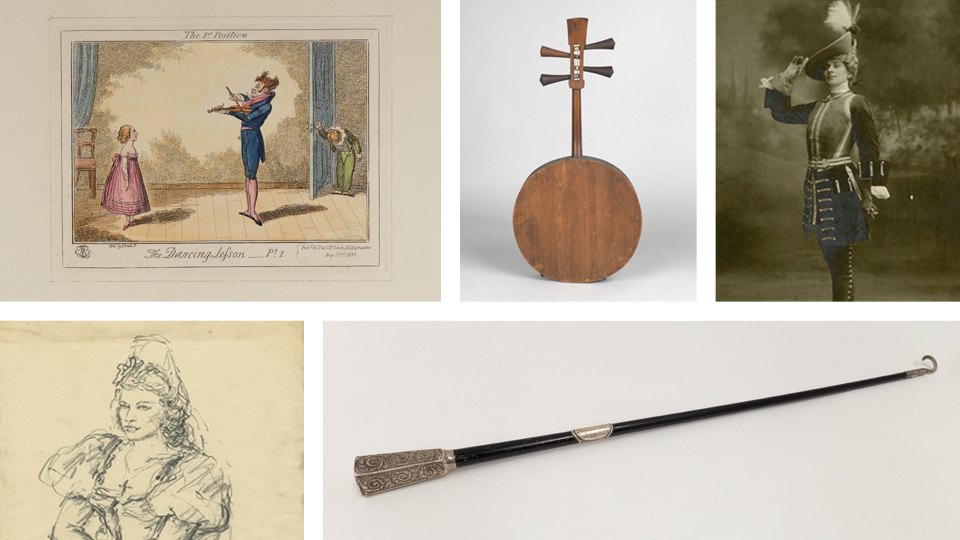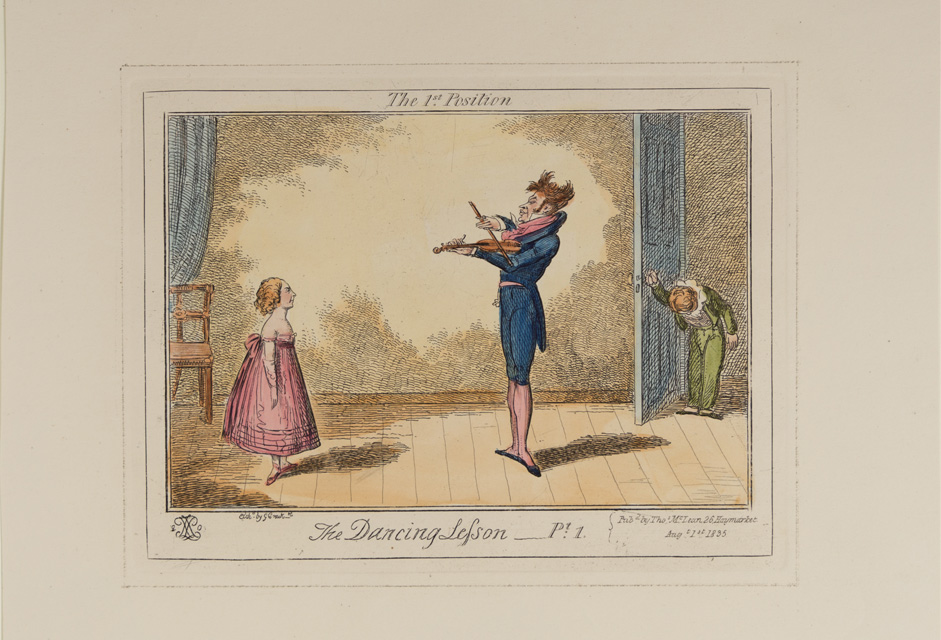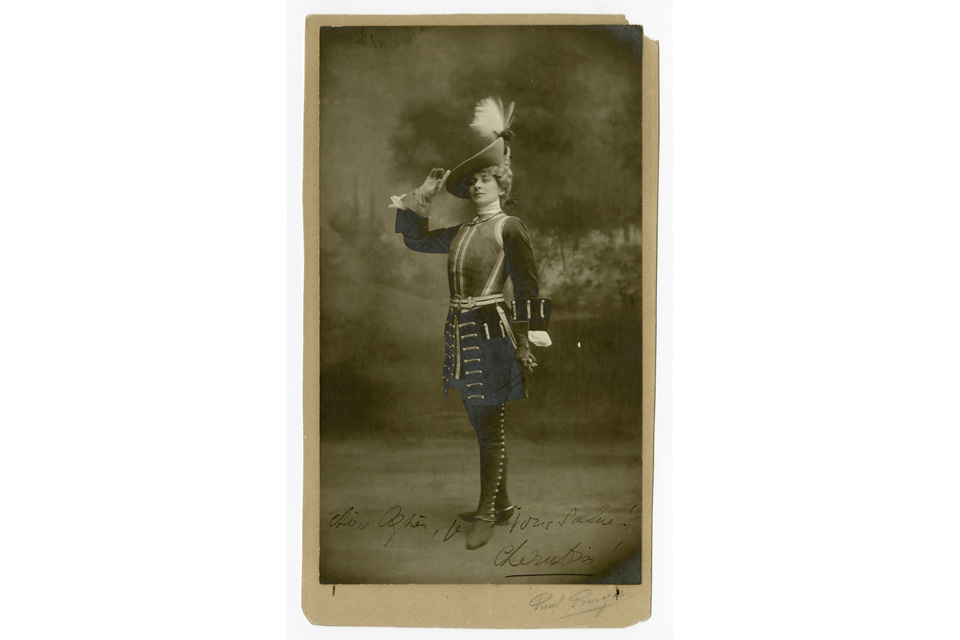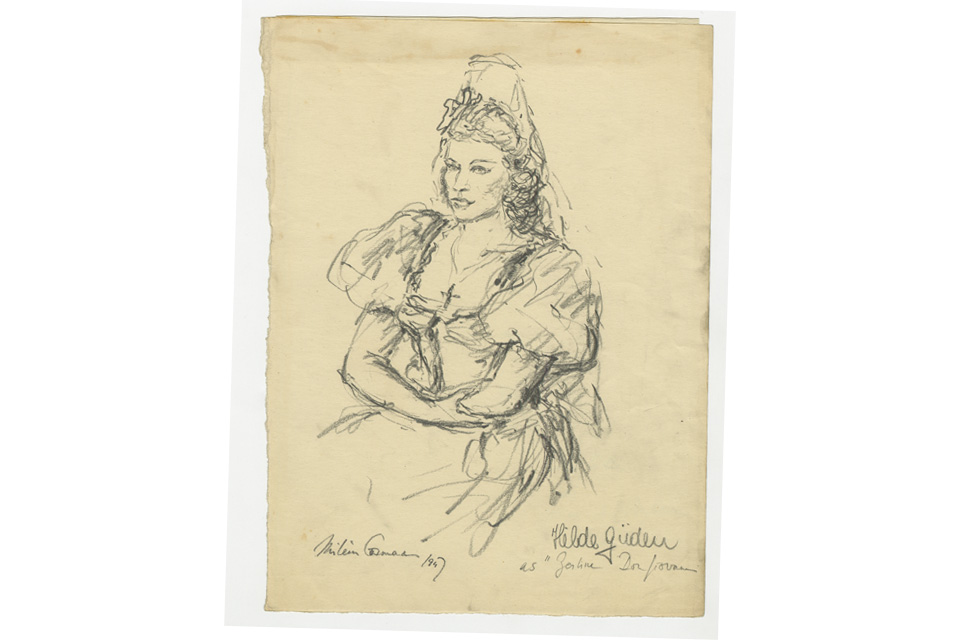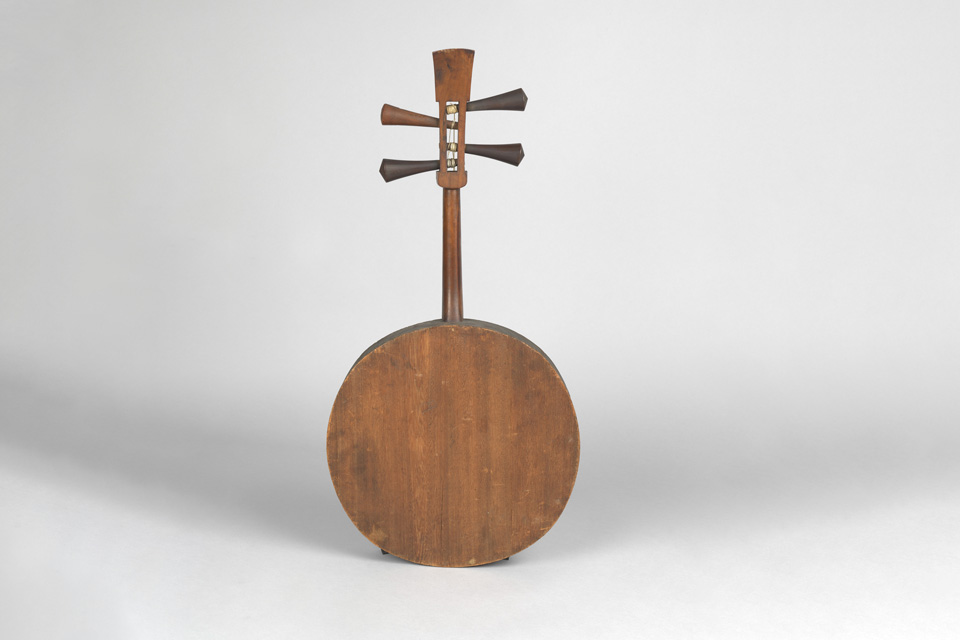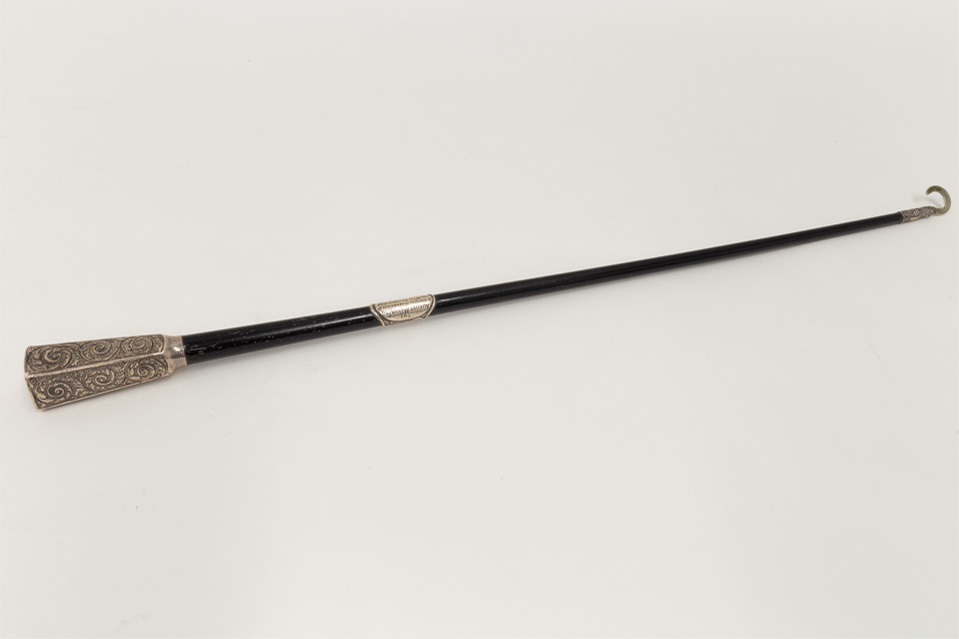Discover unique treasures from the RCM Museum and Library collections. Featuring long unseen artworks, historic manuscripts, and unusual and ingenious musical instruments, this exhibition shares rarely seen objects and stories hand-picked from the thousands of objects and stories from the RCM's internationally outstanding collections.
Highlights include rarely seen items from the personal collection of opera singer Mary Garden, and rare prints from the former collection of Christopher Hogwood CBE. Instruments from the Royal Collections will be displayed, as well as items celebrating the musical connections between the Great Exhibition of 1851, and the Crystal Palace.


